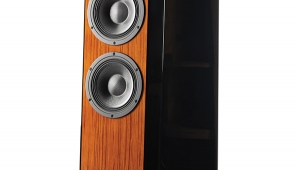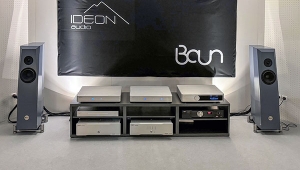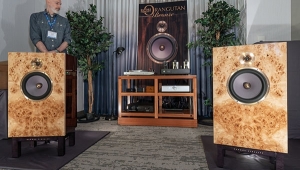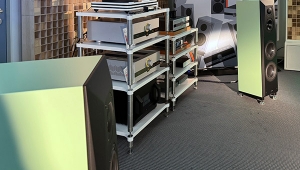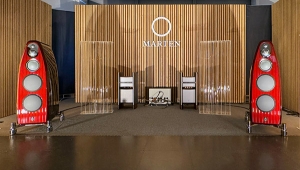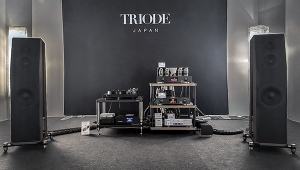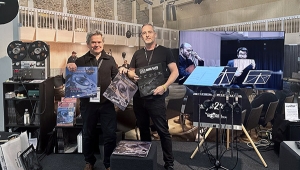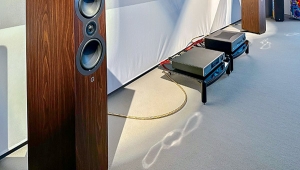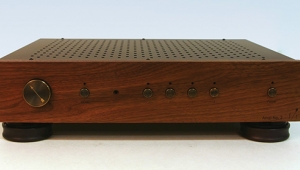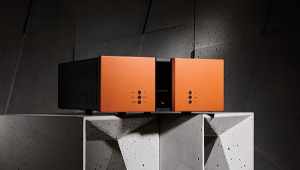| Columns Retired Columns & Blogs |
that huge (~8dB) suckout near the crossover point. It has to be audible since it gets worse off axis, and should not exist in a speaker at this price point.
PMC are the same way, always have a huge suckout, and cost too much to have it.
Mark Phillips,
no longer writing for any publication, nor working in the audio industry.
















